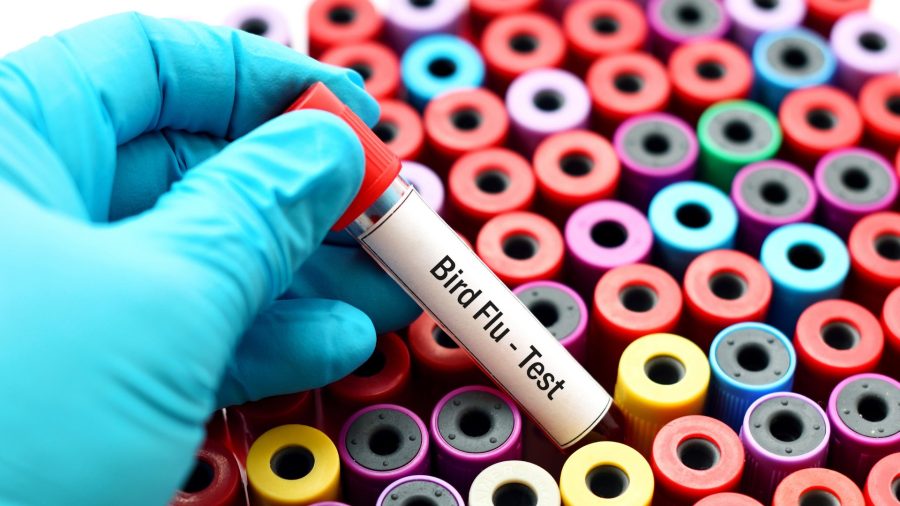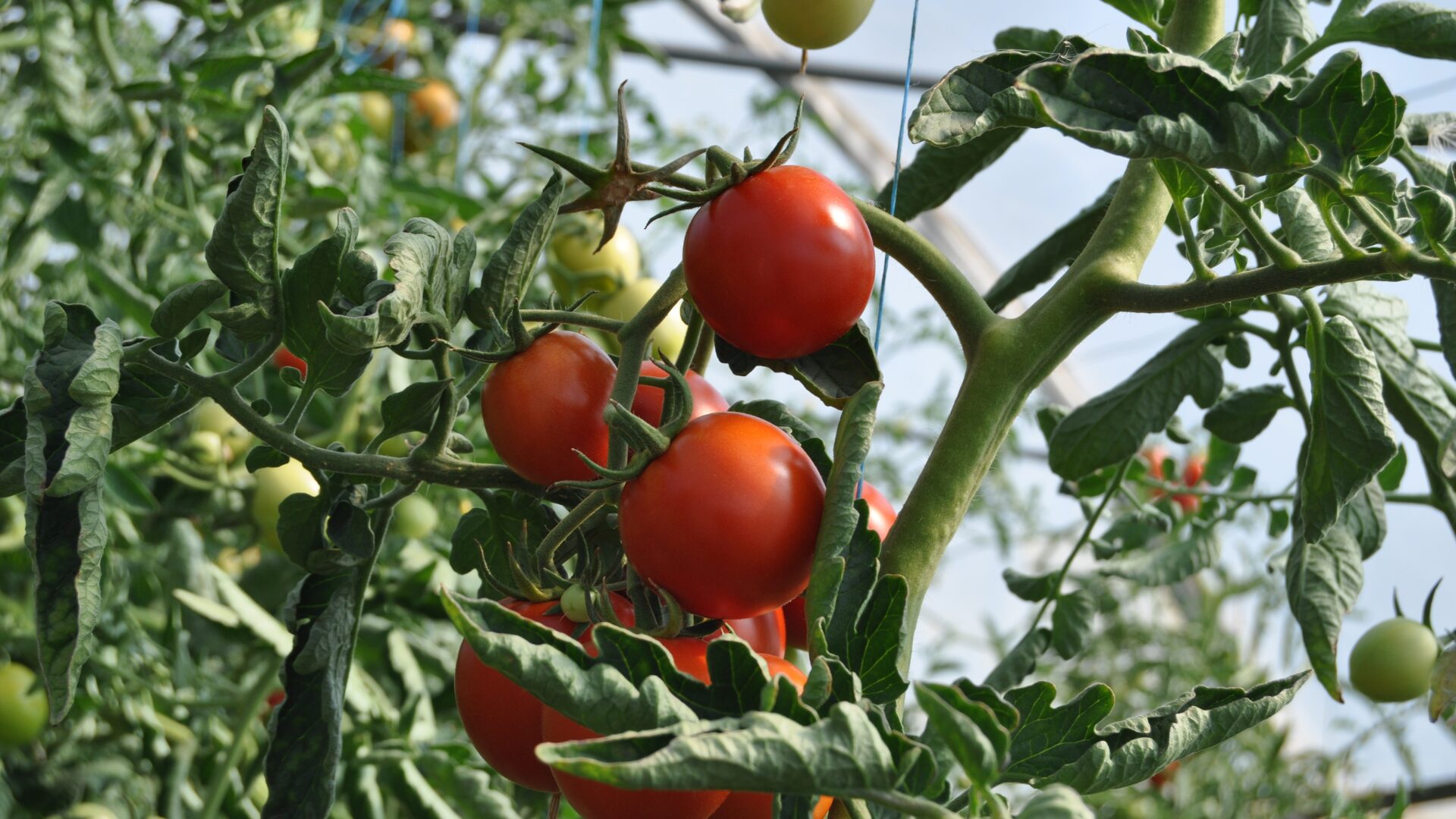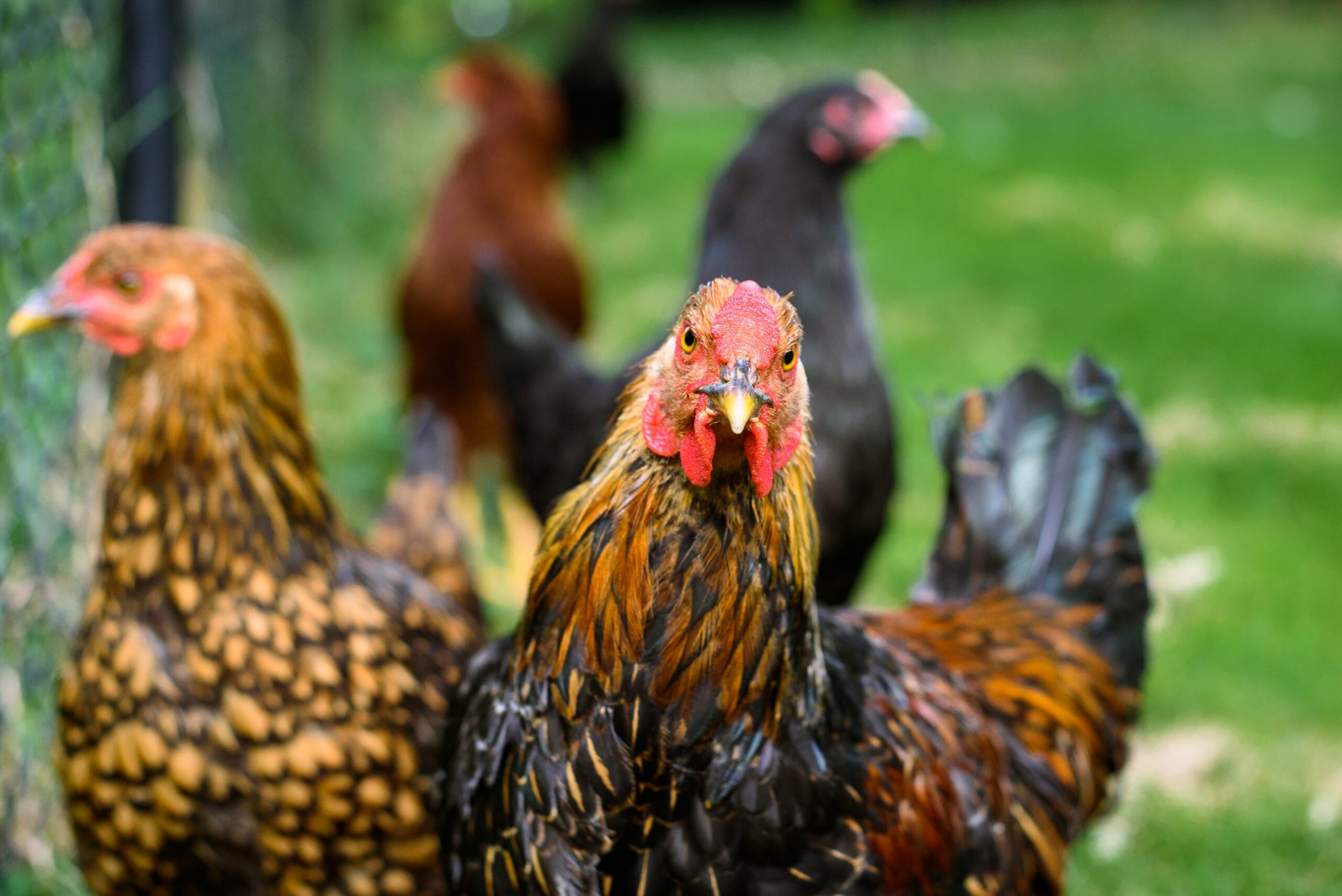An avian influenza outbreak at a turkey growing operation in Dubois County, Indiana, has Midwest poultry operations on edge with the annual migration of wild birds about to begin in earnest.
The outbreak is the state’s first since 2016.
Indiana is not alone, either. Canada’s Food Inspection Agency confirmed an outbreak Feb. 4 of highly pathogenic avian influenza in Nova Scotia. The H5N1 strain also has been plaguing Asia and Europe.
H5N1 is one of the few bird flu strains that has, in rare cases, passed to humans, reported Reuters. In humans, H5N1 can cause issues like severe respiratory illness.
The USDA Animal and Plant Health Inspection Service confirmed the presence of HPAI in Indiana on Feb. 9, and a 10 kilometer (6.2 miles) quarantine zone was imposed on commercial operations, with the surveillance zone extending another 10 km, Indiana State Board of Animal Health public information director Denise Derrer Spears told The Food Institute.
“The main thing that can be done now is get the site cleaned. The birds have been depopulated, and it’s not spreading,” she said.
State animal health authorities said nearly 30,000 turkeys on the farm in southern Indiana – 127 miles southwest of Indianapolis – have been depopulated to contain the spread of HPAI, reported Indianapolis Star (Feb. 10).
The monkey wrench, however, is there are at least 35 noncommercial flocks in the 20 km zone. The state agency does not know the exact number because poultry registration is voluntary.
Sam Custer, interim assistant director at the Ohio State University Extension, said birds in backyard flocks have a greater chance of coming into contact with wild birds, increasing the threat to commercial operations in the region.
“It could be as simple as going out to gather eggs in the morning and stepping into feces, then going to McDonald’s for coffee and someone from a commercial operation comes in behind you and steps into the feces and then takes it back,” Custer said in a telephone interview.
Another concern is construction as commercial growers expand or revamp operations.
“It’s not as easy to control non-employees,” he noted.
A 2014 outbreak devastated the poultry industry in Minnesota and Iowa and also caused damage throughout the Midwest.
“I talked to a few farmers this morning. They’re on alert,” Custer said. “They’re not as concerned as they were in 2014 because of the amount of biosecurity improvements that have been made. Every employee showers in and showers out. Every vehicle undercarriage is sprayed. Since 2014, employees have to sign documentation they don’t have contact with backyard flocks, and if they do, they have to stay away for two weeks.”
More than 50 million chickens and turkeys were destroyed to contain HPAI between December 2014 and June 2015, according to the USDA Economic Research Service, costing the industry an estimated $3.3 billion. Egg operations lost about 12% of their flocks, sending egg prices soaring.
“Unfortunately, we cannot eliminate or completely contain the risk posed by [avian influenza],” said Alejandro Banda, clinical professor at Mississippi State’s College of Veterinary Medicine’s Research and Diagnostic Laboratory. “However, our country has efficient systems in place at state and federal levels to mitigate the risk of transmission of [avian influenza] and other high-consequence diseases of livestock and poultry.”
The Audubon Society says more than 325 bird species migrate north from the Gulf of Mexico and Central and South America during the annual Mississippi Flyway. The migration north lasts through May and then begins south in the fall. Banda said there currently is no way to predict introduction of the disease by wild birds.
“We’ll know in three months how bad this cycle will be,” Custer said.
China and South Korea already have blocked non-heated poultry meat from Indiana, and Taiwan added a block on egg products to its ban, Reuters reported (Feb. 9).












